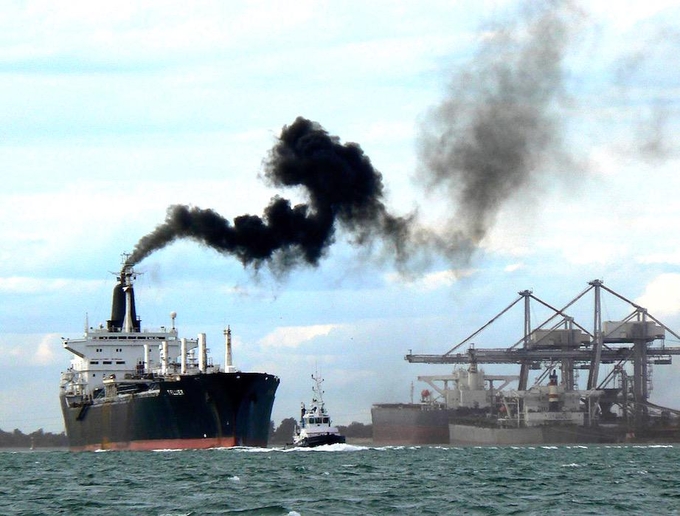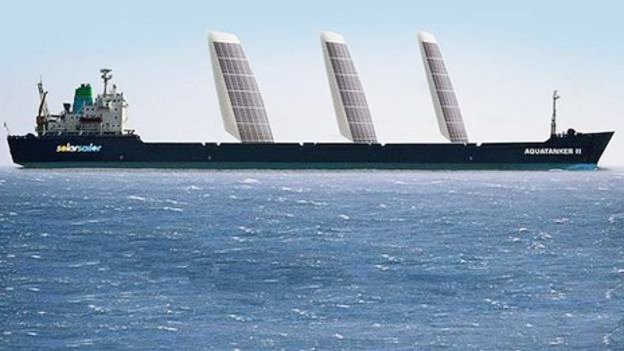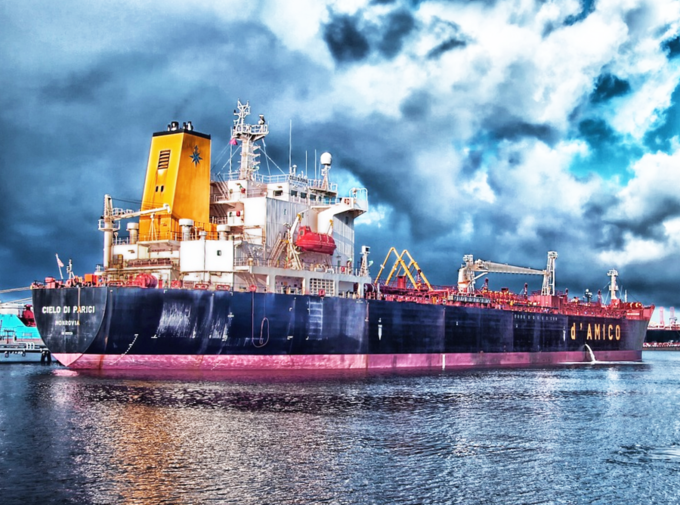
Sleeker hulls, bigger ships, efficient operations and the use of sustainable biofuels can ensure the shipping sector radically cuts its greenhouse gas footprint by mid-century, says a new study published in the journal Transportation Research.
Work by a team of Norwegian scientists identified six groups of measures based on existing technologies with high mitigation potential: hull design; economy of scale; power and propulsion; speed; fuels and alternative energy sources; weather routing and scheduling.

“Emissions can be reduced by more than 75%, based on current technologies and by 2050, through a combination of measures if policies and regulations are focused on achieving these reductions. In terms of emissions per freight unit transported, it is possible to reduce emissions by a factor of 4?6,” they found.
Their results indicate that novel hull design can contribute considerably to CO2 emissions reduction. Additional measures such as light-weighting, hull coating and lubrication can contribute to improving the performance of hulls further, but their potential as sole measures are limited.

“Significant reduction potentials can be achieved by swift adoption and combination of a large number of individual measures, as no single measure is sufficient by itself. It is possible to reduce GHG emissions by a factor of 4 to 6 per freight unit transported based on current technologies within 2050,” said study author Dr Elizabeth Lindstad from the Norwegian Marine Technology Research Institute.
“The success of these measures is also dependent on the growth rates of maritime transport. Policies, regulations, and legislation, such as the EEDI, can facilitate reduction of GHG emissions by the sector, but successful implementation has to be supported by high-quality studies addressing multiple effects and measures simultaneously in order to avoid counteracting and inefficient adoption of mitigation measures.”
Wind and solar energy has potential to further cut emissions, the study found, but this depends on the types of ships these technologies are used on. Such measures are most efficient for smaller ship sizes on specific routes with high solar incidence and wind potential, as the total amount of energy that can be generated by these measures on-board is constrained by the surface area necessary for each of these measures.
(Souce : gCaptain.com)

















